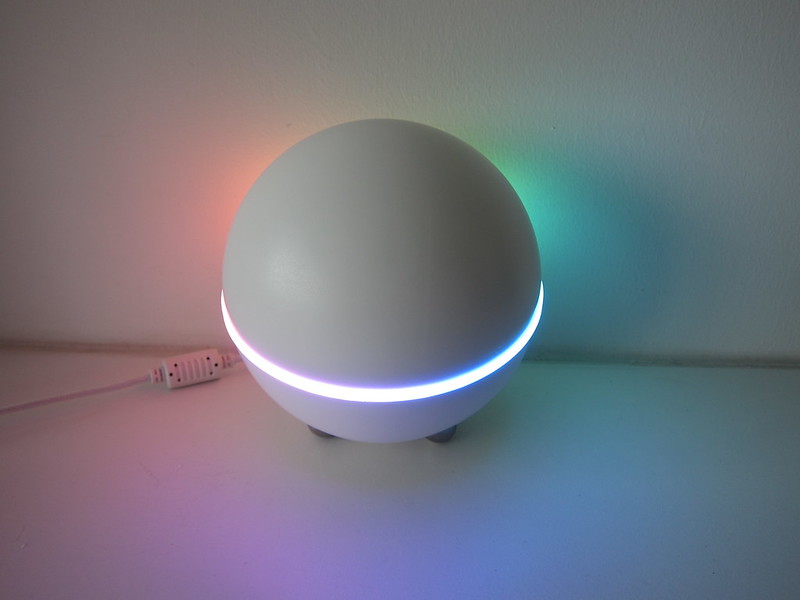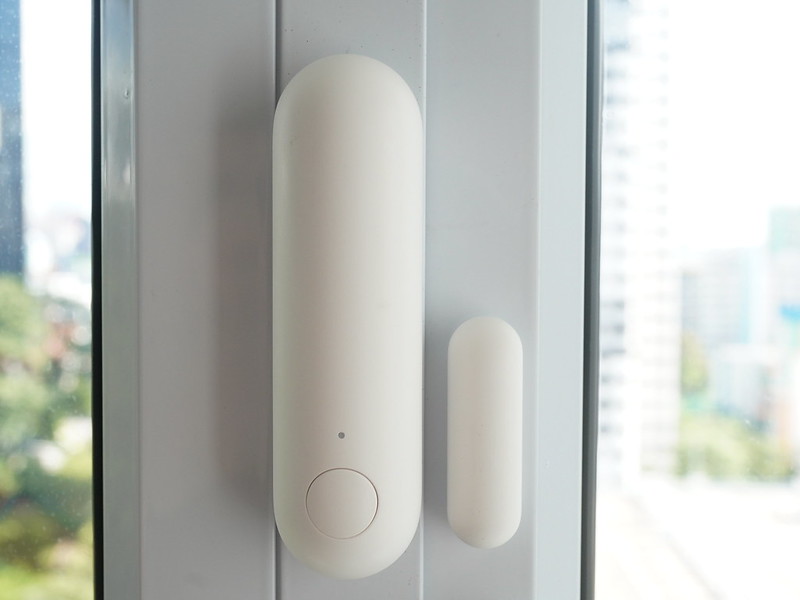Homey Review – Unboxing & Setup
Homey is a smart home hub that supports a wide range of wireless technology by Athom.
It started out as a Kickstarter project on 28th May 2014.
It was successfully funded on 27th June 2014 where it raises €203,918 from 996 backers. The initial funding goal was only €100,000.
June 2015 was the targeted ship date, but like almost all Kickstarter projects, it got delayed. Athom finally ships Homey to their backers in April 2016, nearly a year later.
I did not back Homey on Kickstarter, instead I bought mine from H4SH, which is an online smart home shop by Automate Asia.
Homey is retailing for S$649 on H4SH. If you pre-order it now, you can get it for S$499.
You can get it direcly from Athom Store for €299 (S$483) or Vesternet for £224.17 (S$409).
If you are getting it from Athom Store or Vesternet, you need to include shipping charges and 7% GST since it is above S$400. It is still cheaper to get it from H4SH as they also provide 2-year local warranty for the Homey.
Frequencies Supported
- Infrared: 430THz
- NFC: 13.56MHz
- RF: 433MHz
- RF: 868MHz
- Z-Wave: 868 MHz
- ZigBee: 2.4GHz
- Bluetooth: 2.4GHz
- Wi-Fi: 2.4GHz
Specifications
- CPU: 1GHz ARMv7 CPU
- RAM: 512MB
- Flash Storage: 4GB
- USB On-The-Go: Yes
- Accelerometer : yes
- Dimensions: 12cm in Diameter
- Audio Output: Internal Speaker, 3.5mm Stereo Jack, Bluetooth A2DP
- Power Input: 100-240V 50/60Hz 0.5A
- Power Output: 5V/2A
- Peak Power: 10W
- Power Cable: USB A to Mini-USB B, 1.8m
Unboxing
The box contents of Homey is no frills, and I like it. It doesn’t even have a printed manual. It is just the Homey itself, mini-USB cable and a power adapter.

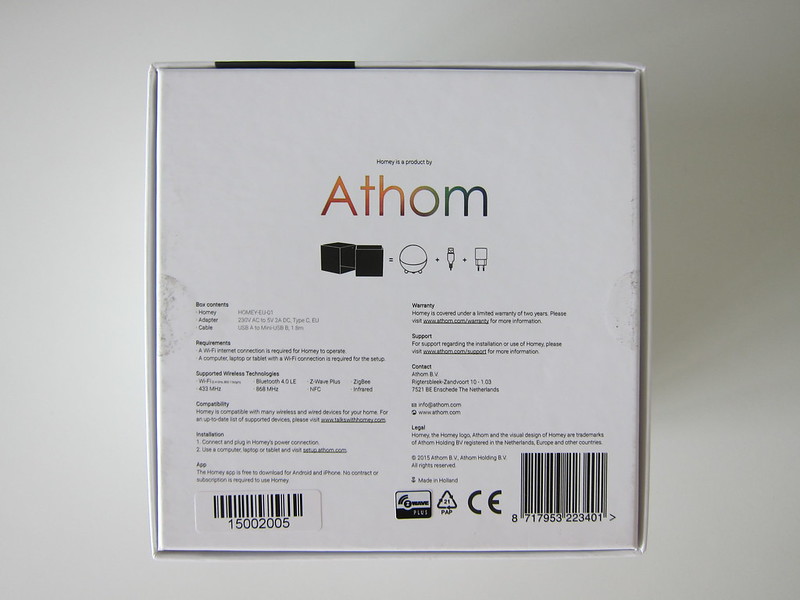
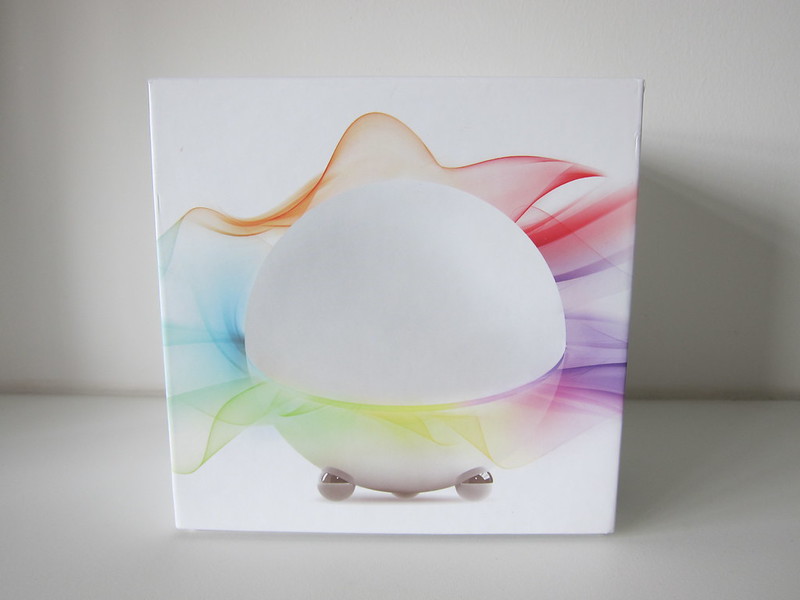
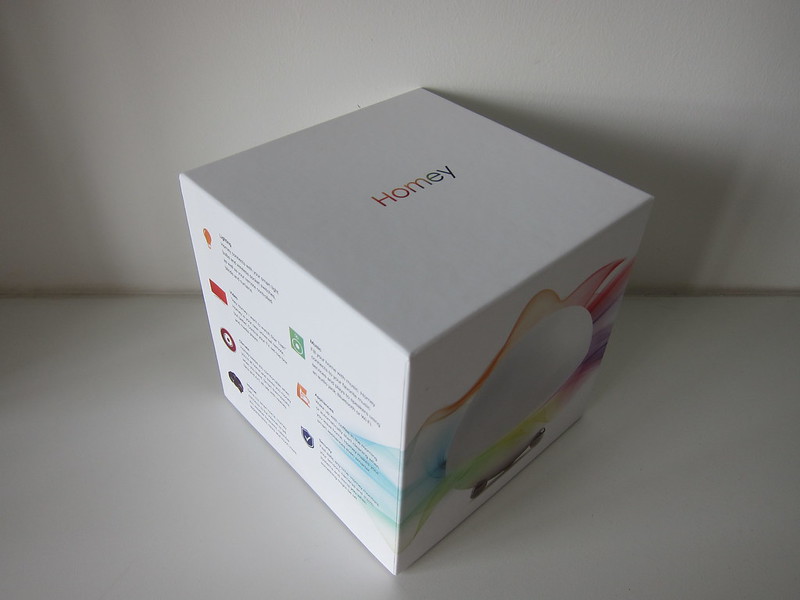

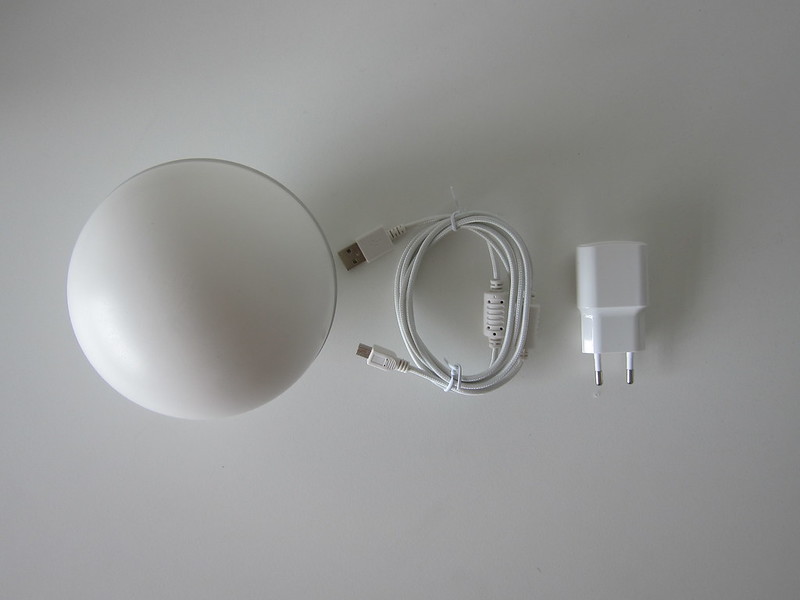
It’s included power adapter outputs a max of 2A.
I am not sure why Homey is powered by a mini-USB cable. I would prefer it to be a micro-USB cable or even better, a USB-C cable.
Because USB powers it, it is possible to power Homey by a power bank. This allows you to bring Homey around your house to include non-portable Z-Wave devices like your light switches or window/door sensors.
Design
Homey’s design is a white plastic sphere which is 12cm in diameter with a colorful LED ring light in the middle. It looks nice.
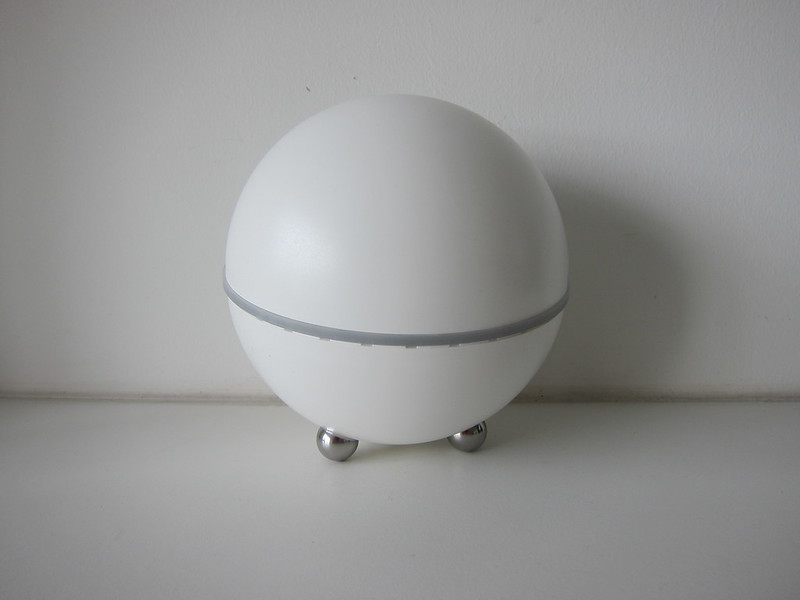
There are only two ports at the bottom. One is the mini-USB port for power, and the other is 3.5mm audio out port.
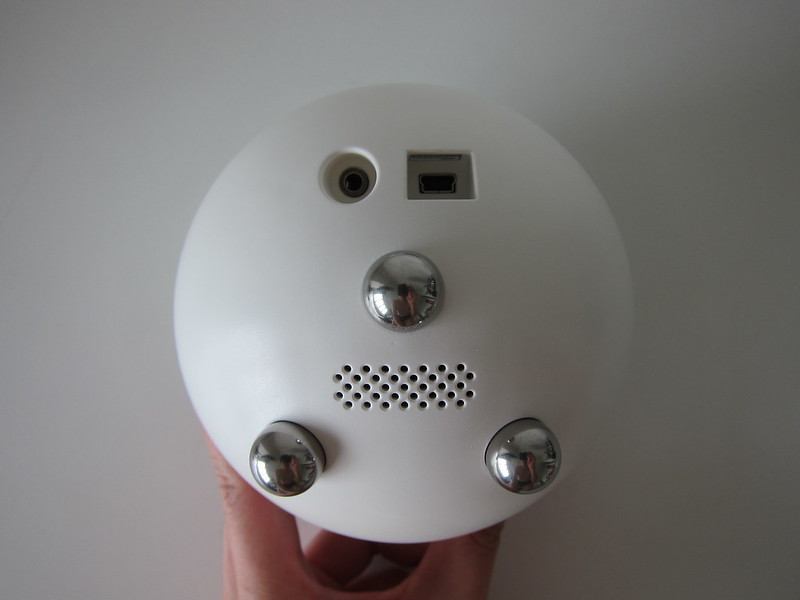
Unlike most smart home hubs, Homey doesn’t have a LAN port for Internet connection. Instead, Homey connects to the Internet over wi-fi (2.4GHz). This and coupled by the fact that Homey can be powered by power bank makes Homey extremely portable.
There is no reset button because to factory reset it, just overturn your Homey and hold it in that position for 10 seconds. The internal speakers will play the countdown timer for you.
This factory reset method is rather unique, and I like it. You can read about it here.
Setup
Homey setup is done using your browser. After powering on, you just have to go to setup.athom.com and follow the on-screen instructions.
Homey is extremely lightweight regarding software, and hence the setup process is longer than usual as it needs to download a lot of things over wi-fi.
It started out by downloading an update to the updater, followed by an update to Homey’s firmware and lastly voice data so Homey can speak to you using its internal speakers.
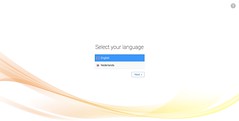

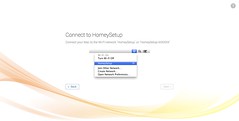





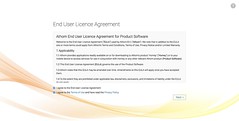

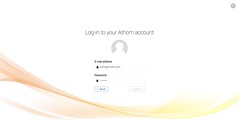
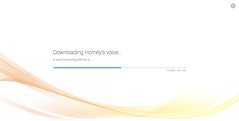


Once the setup is done, you need to download Homey Desktop App to use Homey.
Replacing Fibaro
I bought a Samsung SmartThings V2 Hub (UK) 2 months ago with the hopes of replacing Fibaro Home Center Lite (HCL). But sadly, that didn’t happen.
That is because a lot of my devices are from MCO, TKB, Aeotec, and Fibaro and they are not officially supported by SmartThings V2 Hub. You have to rely on third-party custom device handlers from the community which is quite poorly coded and appears dated.
The real last straw came when I tried to update the Fibaro HCL firmware, and it failed. Upon restarting it, it got stuck at “Restarting Services”. There is no way to get around it. I tried to restore from my backup, but the problem persists.
This is the second time it failed when updating the firmware. The first time it failed, I started from scratched and re-added all my 60 Z-Wave devices which are a total Pain In The Ass (PITA).
So naturally, when it happened for the second time, I was so frustrated and immediately went to buy the Homey.
I have since replaced Fibaro HCL with Homey.
Read here for part 2 of my Homey Review.
